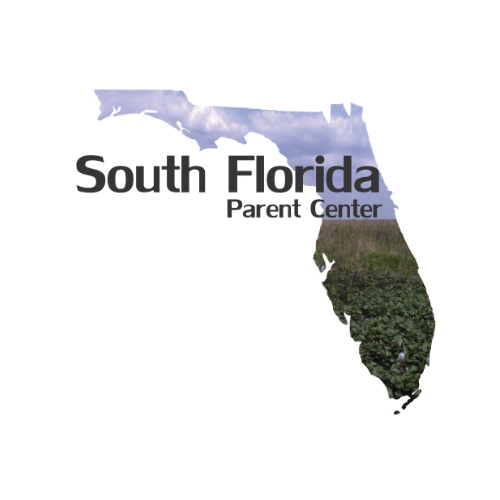Self-advocacy and self-empowerment begin once we start to acquire information. What happens when finally we find the information lifeline and the light bulb of understanding becomes lit? I have shared, previously, the frustration I felt when I did not have access to accurate information, and later having so much information and not knowing what to do with it.
I can remember walking away from a training muttering ‘it’s the IEP, it’s the IEP”. I had just realized that all of my efforts to convince our district to do the right thing, and beating my head against a brick wall, without results was because I had been approaching it from the wrong direction. It was the classic case of not being able to see the forest for the trees.
 The procedural process under IDEA is the single thing that determines what, where and how a student is provided services. Of course section 504 and the ADA are also important in granting access beyond the classroom setting, but OCR will look to the IEP when determining if those things were considered. Questions and Answers on Disability Discrimination under Section 504 and Title II
The procedural process under IDEA is the single thing that determines what, where and how a student is provided services. Of course section 504 and the ADA are also important in granting access beyond the classroom setting, but OCR will look to the IEP when determining if those things were considered. Questions and Answers on Disability Discrimination under Section 504 and Title II
I think most parents first feel a sense of relief when they finally start to become advocates for their children. This is followed by an uncertainty where we question our abilities and the acquired knowledge, and need to be reassured that we are correct in the understanding of how to apply the information to our newly acquired advocacy approach. Depending on what has transpired previous to learning the procedural process, there may follow a period of time required to get emotions under control just to be able to consider a collaborative approach.
I was once asked this question by our School Board Chairman: “Why are parents of children with disabilities so angry?” The response I gave was: “They do not understand procedural process which results in frustration followed closely by anger.”
Having the correct information will actually reduce conflict and promote collaboration. It really is in the best interest of School Districts to provide parents with any and all information from the beginning. The sooner parents have access to the right information, the stronger the collaboration and partnership becomes. In applying the information we have acquired it is, first of all, important to achieve the desired outcomes for our own children. Then it is just as important to share the gift of knowledge we have acquired. This has been the driving force behind my actions in promoting self-advocacy for all these years. I never forgot the feeling of frustration as a man not being able to “fix things” as I had no idea how to do it. Remembering that frustration and feeling of helplessness has been the driving force in my continued daily sharing of information, hoping to spare the next parent any need to go through the painful process I went through.
Once we reach this point in the process with the understanding that sharing information  with any and all is the true catalyst for change and collaboration, we begin to make a sustainable impact. Throughout this evolving process of self-enlightenment there are points at which we all need to assess exactly how we are using the information and look beyond the immediate impact that it is having on an individual basis, and start looking at the long term effect it may have on others.
with any and all is the true catalyst for change and collaboration, we begin to make a sustainable impact. Throughout this evolving process of self-enlightenment there are points at which we all need to assess exactly how we are using the information and look beyond the immediate impact that it is having on an individual basis, and start looking at the long term effect it may have on others.
With twelve percent of Americans having some type of disability, it is apparent that disability is a part of our daily lives and will remain that way for the remainder of my lifetime – and yours. Disability Statistics – It happens more often than you’d imagine. Thus the responsibility for the preservation and sharing of the information falls, as it always has, to those of us in the disability community. I think it is also our responsibility to mold how society perceives disability. In any civil rights movement in history this has been as important, as the rights themselves, to the long term sustainability to mainstream access. By focusing on the positives that people with disabilities have to offer society, and moving away from the long embedded belief that people with disabilities are a burden on society (when in reality that could not be further from the truth) we are able to move toward embracing differences. Gradually, we are moving in that direction evidenced by people with disabilities being more accepted by mainstream society. We see people with disabilities appearing in movies, commercials and other forms of media which they were previously excluded from.
So in this new age of enlightenment we, as a disability community, need to move forward with the approach of turning swords into plowshares and taking our rightful place as a naturally occurring part of society.
